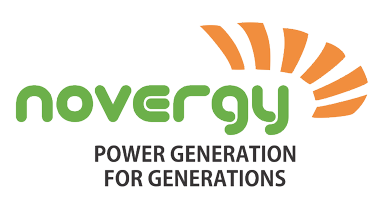Introduction
The Haryana Electricity Regulatory Commission (HERC) has taken a significant step towards promoting renewable energy adoption in the state with the introduction of the Green Energy Open Access Regulations, 2023. These regulations pave the way for consumers to directly access green energy sources, such as solar and wind power, from independent generators. Let’s delve into the key aspects of these regulations and how they can benefit both consumers and the environment.
Eligibility Criteria for Green Energy Open Access
To avail green energy open access, consumers in Haryana must meet the following criteria:
-
Contracted Demand:
Have a contracted demand or sanctioned load of 100 kW or more.
-
Independent Feeder:
Be connected through an independent feeder emanating from a grid substation.
-
Group Application:
If part of a group, consumers must collectively apply for open access.
-
Time-Block Metering:
Have the necessary infrastructure for time-block wise energy metering installed.
The Role of the State Nodal Agency
The State Nodal Agency, comprising the SLDC Haryana for short-term access and the STU for medium and long-term access, plays a crucial role in the open access process. Its responsibilities include:
-
Application Approval:
Approving or rejecting applications for green energy open access within 30 days.
-
First-Come, First-Served:
Ensuring that applications are processed on a first-come, first-served basis.
-
Procedure Development:
Preparing detailed procedures for connectivity and open access, including application formats and fees.
Charges and Banking
Consumers availing green energy open access will be subject to various charges, including:
-
Transmission Charges:
Fees for transmitting electricity through the grid.
-
Wheeling Charges:
Fees for using the grid infrastructure to transport electricity.
-
Standby Charges:
Fees for maintaining a standby capacity from the distribution licensee.
-
Banking Charges:
Fees for banking surplus energy.
The regulations also permit surplus energy banking under specific conditions, allowing consumers to store excess green energy for future use.
Intra-State Transmission Loss
The intra-state transmission loss for green energy open-access consumers is determined based on the average loss recorded in the previous financial year, as approved by the Commission.
Conclusion
The Haryana Electricity Regulatory Commission’s Green Energy Open Access Regulations mark a significant step towards a greener and more sustainable future for the state. By empowering consumers to directly access renewable energy sources, these regulations encourage the adoption of clean energy technologies and contribute to reducing carbon emissions.
As Haryana continues to embrace renewable energy, it sets a positive example for other regions in India and beyond.
Ready to Go Green?
Don’t Miss Out on the Benefits of Green Energy. Partner with Novergy for Tailored Green Energy Solutions.
Contact us now – solar@novergy.net

